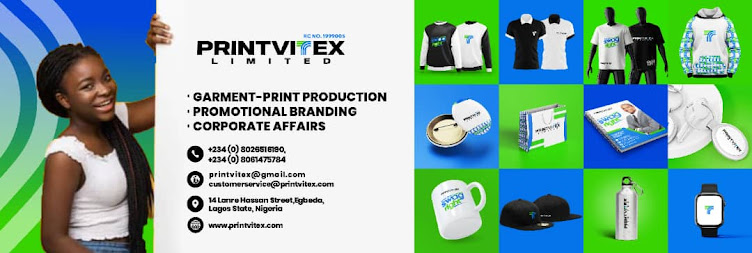Selecting the appropriate garment printing technique is crucial for businesses aiming to create high-quality, customized apparel that aligns with their brand identity. With various printing methods available, each with its unique characteristics, challenges, and benefits, understanding the options and making an informed decision can be overwhelming. In this comprehensive guide, we will explore the challenges faced by brand owners when choosing a garment printing technique, provide relatable real-life illustrations, and offer actionable solutions to help businesses make the right choice.
Challenges of Choosing a Garment Printing Technique:
- Design Complexity: Different printing techniques have varying capabilities in reproducing intricate or highly detailed designs. Complex artwork or fine details may require a more advanced printing method to achieve the desired results.
- Fabric Compatibility: Not all printing techniques work well with every fabric type. Some methods may yield better results on cotton, while others may be more suitable for synthetic materials. Matching the printing technique with the fabric composition is essential for optimal quality and durability.
- Cost Considerations: The budget allocated for garment printing plays a significant role in choosing the right technique. Some methods require more upfront investment, while others may have higher per-unit costs. Balancing quality, quantity, and budget is crucial.
- Volume and Turnaround Time: The required quantity of printed garments and the desired turnaround time can impact the choice of printing technique. Some methods are better suited for high-volume production, while others are more suitable for smaller batches or quick turnarounds.
Let's consider two challenges we have seen brand owners faced when selecting a garment printing technique, :
- A new street-wear brand wants to launch a limited-edition collection with intricate, highly detailed designs. However, they face the challenge of finding a printing technique that can accurately reproduce their artwork while maintaining quality on different fabric types.
- A corporate company plans to create custom polo shirts for its employees to wear at a trade show. They need a printing technique that can handle a large quantity of shirts within a tight timeline while ensuring durability and a professional appearance.
Do these illustrations sound familiar?
To overcome the challenges and choose the right garment printing technique, brand owners can consider the following action points:
- Understand Design Requirements: Assess the complexity and detail level of the desired designs. Research printing techniques that can accurately reproduce intricate artwork, such as direct-to-garment (DTG) printing or heat transfer methods for detailed multi-color designs.
- Evaluate Fabric Compatibility: Consider the fabric composition of the garments to be printed. Research which printing techniques work best on specific fabrics—for instance, screen printing on cotton or sublimation printing on synthetic materials.
- Set a Realistic Budget: Determine a realistic budget for your garment printing needs. Compare the costs associated with different techniques, to find the most cost-effective option without compromising quality.
- Assess Volume and Turnaround Time: Determine the required quantity of printed garments and the desired timeline. For high-volume orders, screen printing or heat transfer methods may be suitable. For smaller batches or quick turnarounds, DTG printing or heat press vinyl may be more efficient.
- Consult with Printing Experts: Seek guidance from experienced garment printing suppliers or consultants like us. They can provide valuable insights on technique suitability, fabric compatibility, and cost considerations based on their expertise.
- Request Samples and Proofs: Before proceeding with full production, request samples or proofs from potential printing partners. Evaluate the quality, color accuracy, durability, and overall appearance of the printed samples to ensure they meet your expectations.
- Consider Long-Term Goals: Look beyond immediate printing needs and consider your long-term goals. Evaluate if the chosen printing technique aligns with your future plans for expanding product lines, scaling production, or introducing new designs.
Bottomline:
Choosing the right garment printing technique requires careful consideration of design complexity, fabric compatibility, cost, volume, and turnaround time. By understanding these challenges and implementing the suggested solutions, brand owners can make informed decisions that result in high-quality, customized apparel that reflects their brand identity. Consulting with printing experts, requesting samples, and considering long-term goals are crucial steps in finding the optimal printing technique for your business. Ultimately, selecting the right garment printing technique sets the foundation for successful brand representation and customer engagement through personalized apparel.

.jpg)
.jpg)








